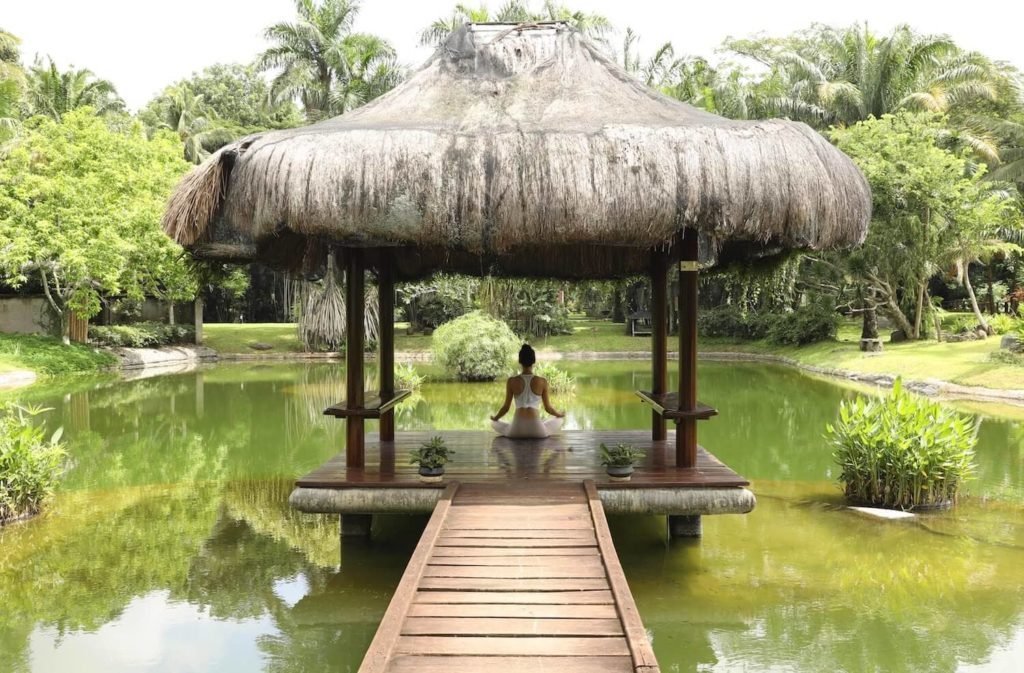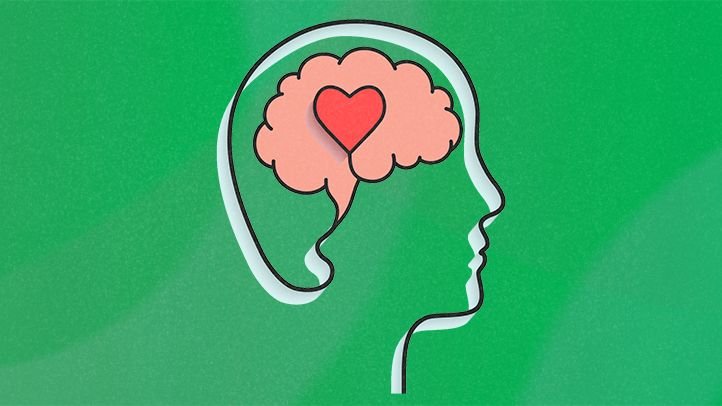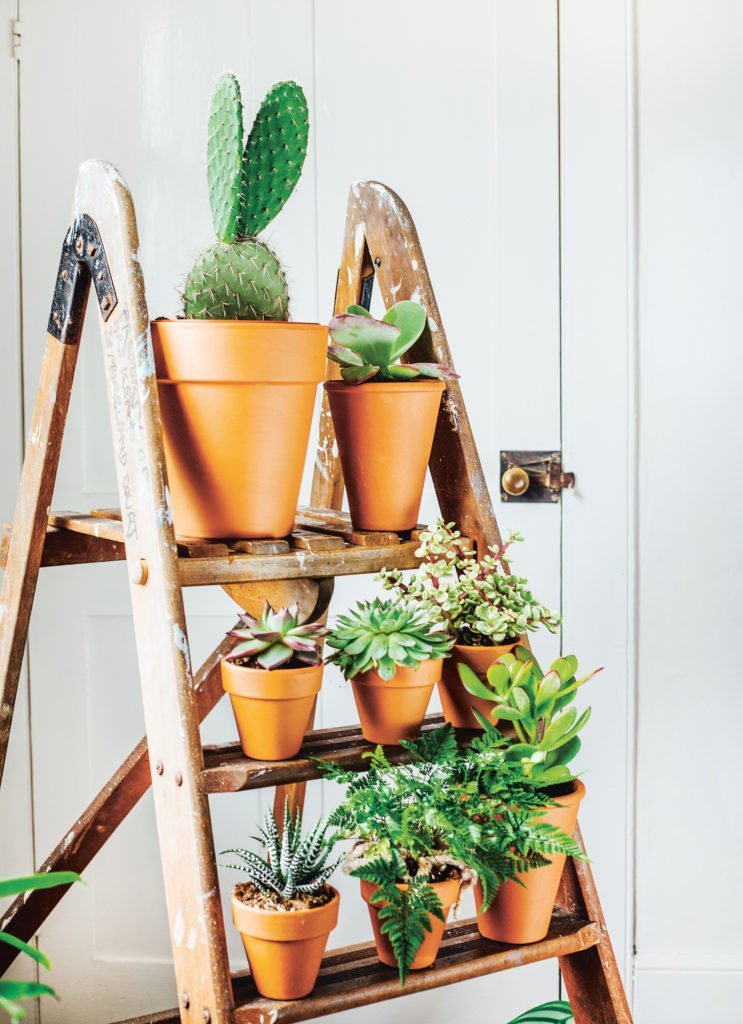How can green spaces help us?


Humans can definitely benefit from interacting with gardens and other natural areas in many different ways, including reducing stress, hastening recovery, relieving the symptoms of Attention Deficit Disorder in children, and reducing crime and air pollution.
According to color psychology research, colors can affect our moods and emotions by evoking psychological responses. These reactions can sometimes be correlated with a color’s intensity.
Psychology and meaning of the color green

As per color psychology, colors with long wavelengths are “arousing or warm,” but colors with shorter wavelengths, like green, are “relaxing or cool,” and our eyes don’t need to adjust at all to view cold hues. Although the color green is frequently associated with envy, wealth, good health, and riches, it is also believed to be calming and energizing.
Green is healthy for you

Green has positive mental impacts that enhance our relationships, concentration, and physical health. Since it is also thought to lower stress and promote healing, green is widely utilized in the interiors of medical facilities. Here are some benefits that green spaces provide us for our bodies and minds!
Greens spaces are an antidote to stress

Cortisol, a stress hormone, can be beneficial and essential but too much of it for too long can be harmful. However, green spaces can lower cortisol levels. Access to green spaces and time spent in nature has been demonstrated to lower stress and the amount of cortisol in our blood throughout the day. Therefore, designers frequently use greenery in public areas like hotels and restaurants.
In one study, those who exercised indoors while watching a green-overlaid film of outdoor space experienced a “green exercise effect.” When watching the same film without an overlay, participants felt less exertion and experienced less mood disturbance.
Green spaces can lower anxiety and depression

Living near green spaces helps adults and teenagers feel less anxious and sad, and taking a walk in nature can benefit those who have been diagnosed with depression. One study found that taking a walk in the great outdoors helped people with Major Depressive Disorder feel better.
Green spaces can enhance cognitive function

Our brain works hard, and it requires time to replenish itself. Our brain requires a break from the stresses of daily life, which nature provides.
According to a recent study by Marcia Pescador Jimenez, increasing residential exposure to green space may enhance cognitive function overall, including processing speed, attention, and cognitive function. Their findings indicated that the presence of green spaces in cities aids in the improvement of cognitive function generally and may particularly aid in the improvement of cognition in middle-aged women. This link may be explained by a decrease in depression, which is also a risk factor for dementia.
Green spaces can improve wellness

Spending a few hours each week in nature, especially when it is close to our homes, might improve one’s sense of wellness. However, even images of nature or nearby plants can enhance brain function.
It promotes longevity and general health

Living close to green spaces you can stroll in can promote general health and lifespan, which is crucial for older years.
Most people desire to feel good. Spending weekly time in nature is one approach to support your body’s capacity to perform at its best. It has been demonstrated to be beneficial for our general health and well-being, which supports healthy aging.
Angelika is an aspiring producer and writer with a love for film and media production. She enjoys writing on a diverse range of topics, including lifestyle, health, and movie-related content. She likes to cook for her family and spend her free time with friends.











